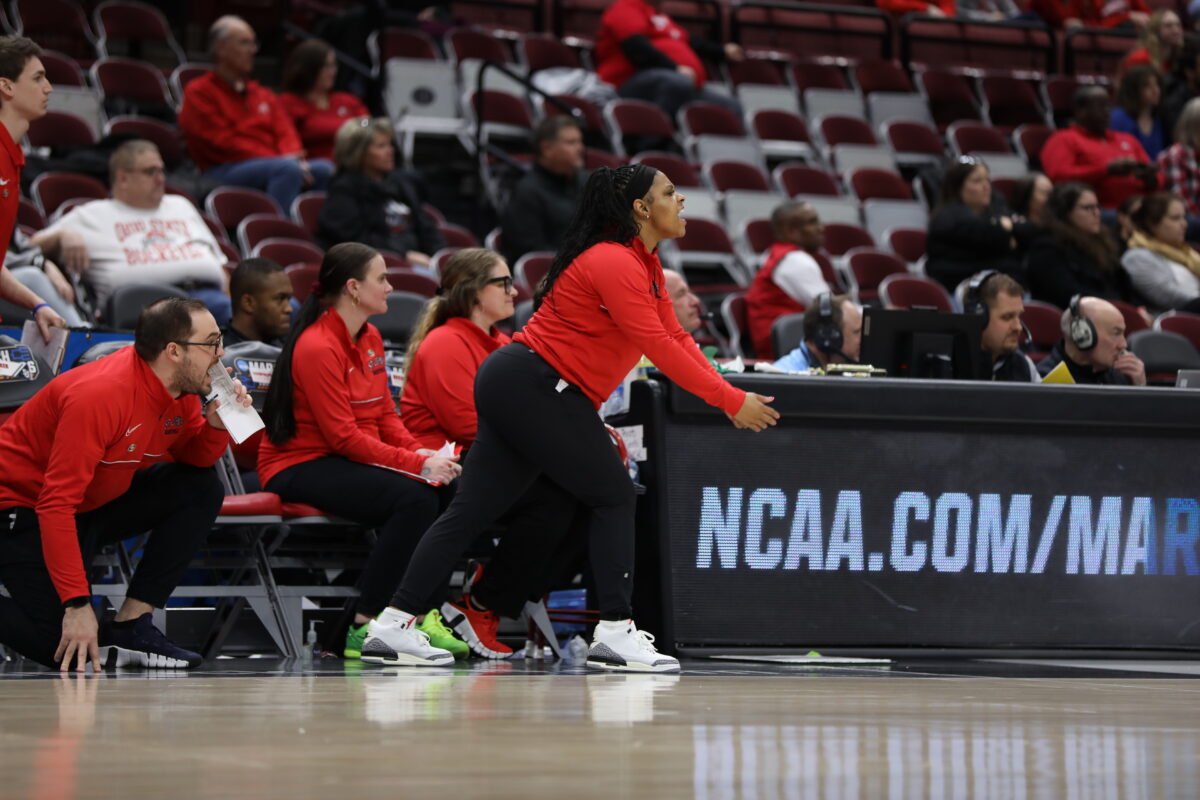![]()

A New Target in the Fight Against HIV
A team of researchers from academia and industry led by Dr. Michael Summers, UMBC professor of chemistry/biochemistry and Howard Hughes Medical Institute (HHMI) Investigator, have discovered a new target on the HIV molecule that could potentially lead to a new class of drugs to fight the virus that causes AIDS. The discovery is the cover article of the April 11, 2003 Journal of Molecular Biology.
Summers and his team of undergraduate and graduate student researchers in his UMBC HHMI lab collaborated with Achillion Pharmaceuticals, a privately held drug firm based in New Haven, CT, and a group of researchers from Oregon Health and Science University on the discovery.
“The greatest challenge in treating HIV today is drug resistance brought on when the virus mutates and renders existing drugs ineffective at stopping viral replication,” said Summers. “Our research has led to the identification of a new class of compounds that inhibit a novel target in HIV. These compounds disrupt the assembly of the HIV-1 capsid protein, which is a vital step in changing immature, non-infectious HIV into its mature, infectious form.”
The discovery is all the more remarkable considering its origin – a group of two graduate and two undergraduate students working with Summers. The team includes biochemistry graduate student Chun Tang; sixteen-year-old college sophomore and Presidential Fellow Erin Loeliger; Meyerhoff Scholar and HHMI Undergraduate Scholar Isaac Kinde; and former Meyerhoff Scholar Samson Kyere, now an MD/PhD student at the University of Maryland, Baltimore.
According to Summers, “Investigators around the world have been looking at the HIV-1 capsid protein as a potential anti-viral drug target for more than a decade, and we are therefore particularly pleased to finally have solid leads to guide these efforts. While we are encouraged by the laboratory tests of the compounds we’ve identified so far, additional testing needs to be undertaken before this approach can be tested in humans.”
“This work is yet another pivotal achievement for Dr. Summers and his students,” says Anthony S. Fauci, M.D., director of the National Institute of Allergy and Infectious Diseases (NIAID). “The fact that undergraduate students played pivotal roles in this research makes it even more impressive.”
The UMBC team’s research is funded in part by NIAID, a component of the National Institutes of Health (NIH), along with the National Institute of General Medical Sciences and the Howard Hughes Medical Institute.



